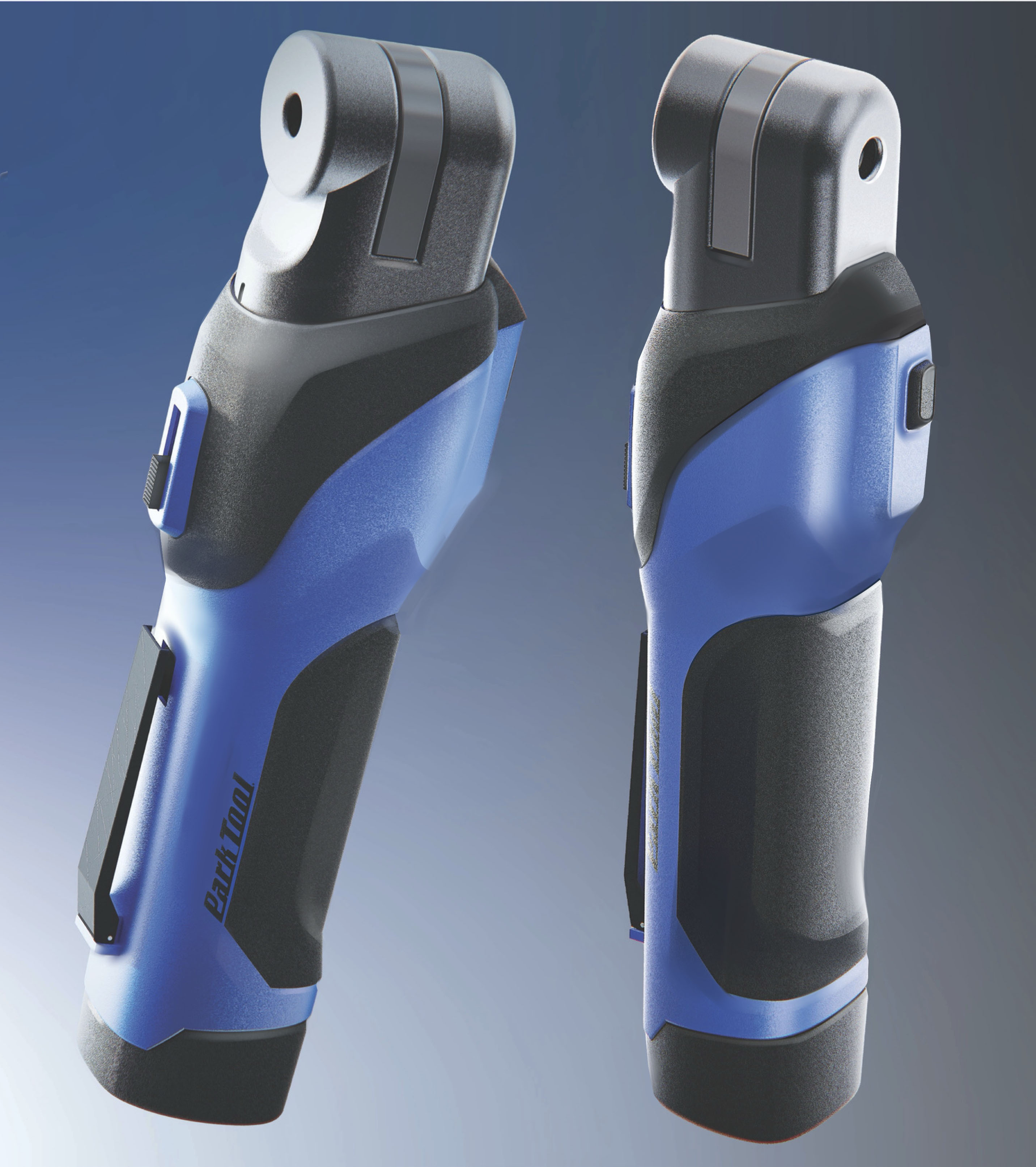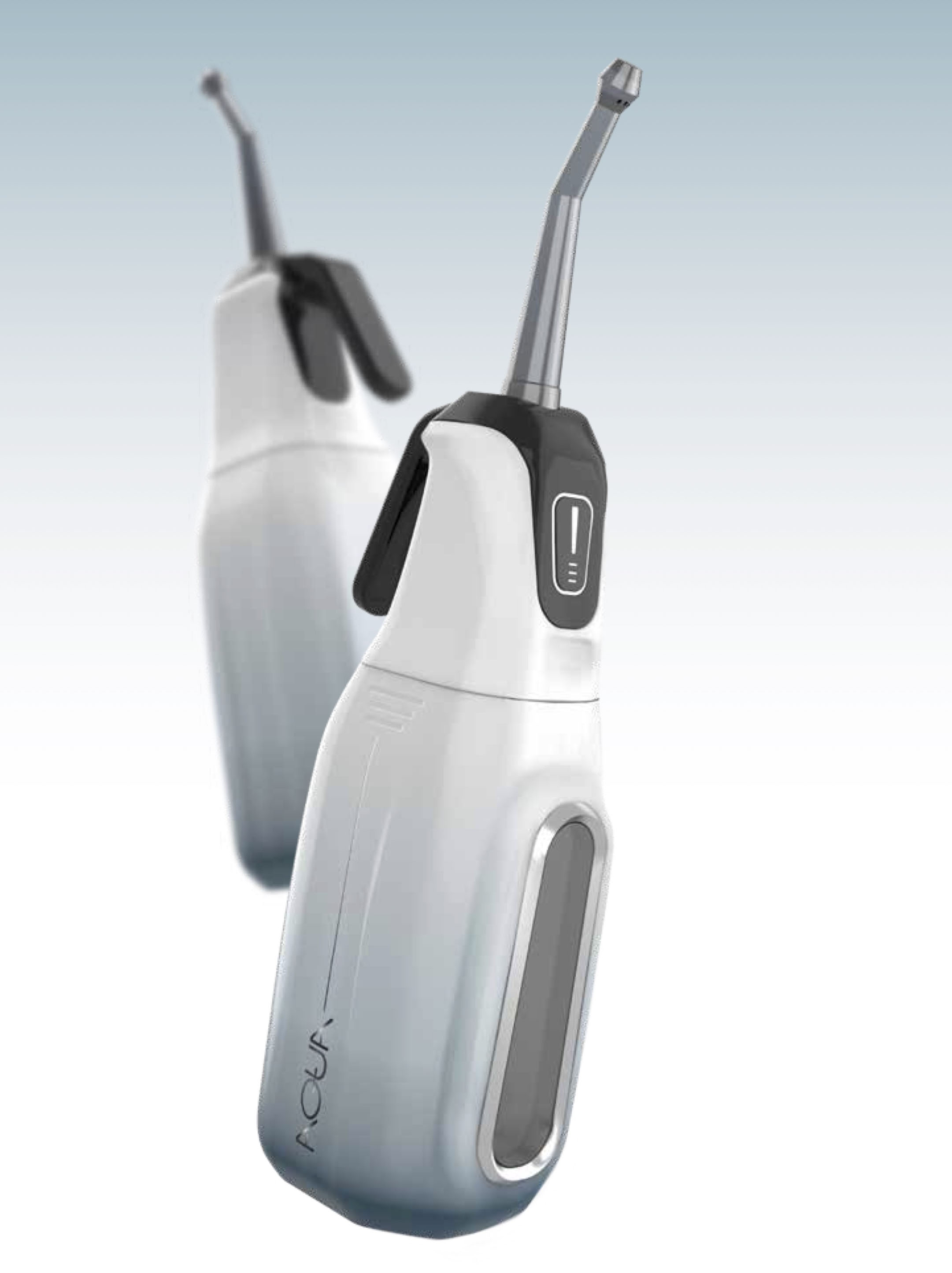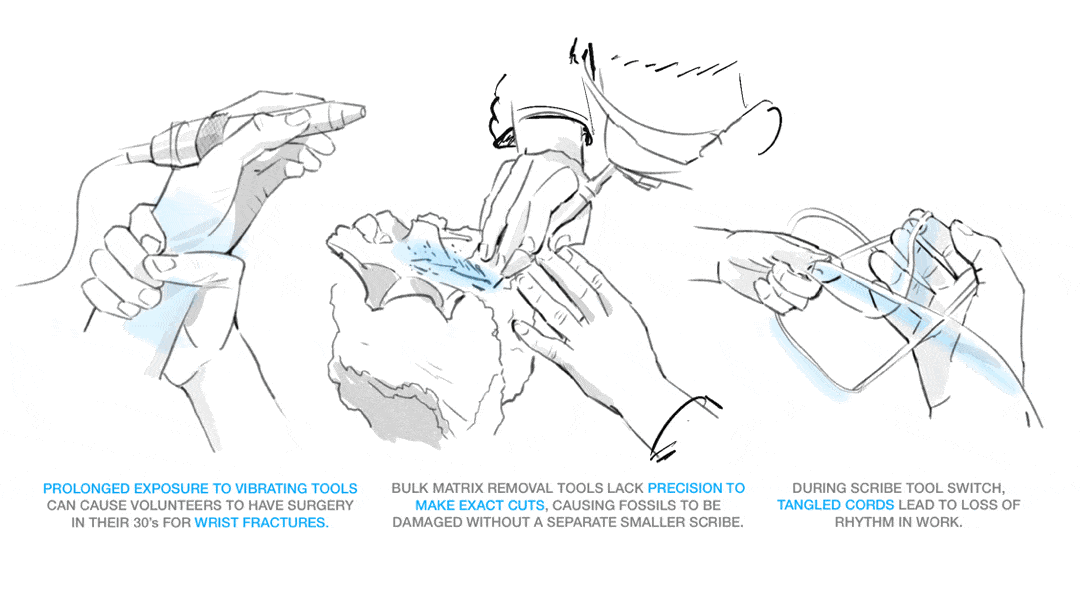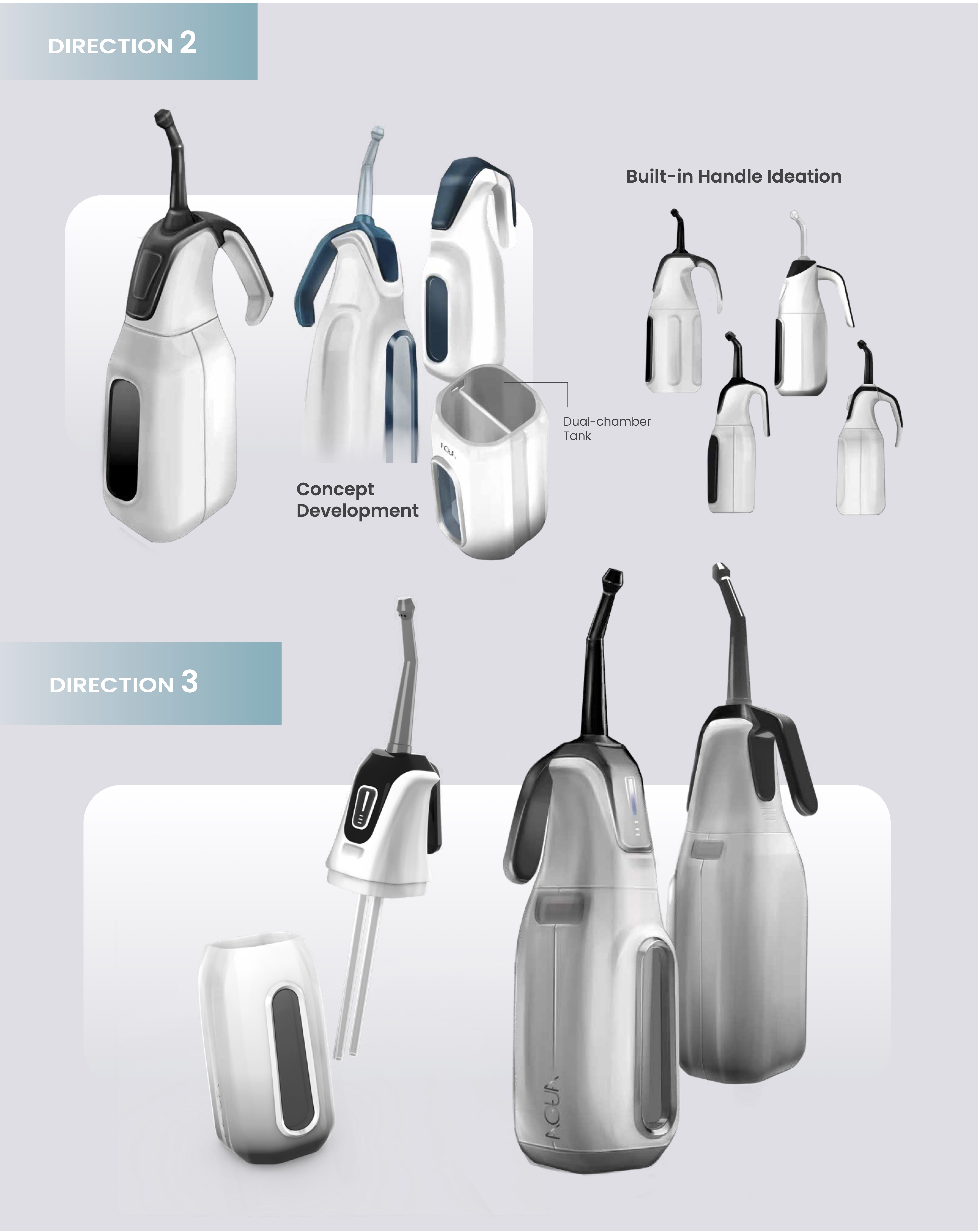Ambiguity to Clarity
“In CAD you have nothing until you have everything.” – One of my students once said this to justify the long wait before I could finally see his design output. Too often, students treat studio projects as final statements rather than iterative conversations. In education, this is harmful: it delays feedback, stalls exploration, and makes students overly focused on polished deliverables.
What truly matters in design education is the journey of iteration—where ambiguity invites critique, options are tested, high-fidelity iterations cultivate sensitivity, and dialogue sharpens ideas long before CAD production. Train yourself to excel at sketching and high-fidelity rendering; these tools keep the process fluid, reflective, and open to growth.
Sketch iterations = dialogue (open, broad, emotional)
CAD/Prototype = checkpoint (testing, feasibility, bridging)
Hi-fi iterations = bring clarity (refined, intentional, and shaped by sensitivity.)
Early Sketch
Ambiguity stage
Focus:
Wide exploration, free proportion play, paradigm- flipping.
Benefit:
Challenges norms, expands options before narrowing; express emotion and invite communication.
Physical Prototypes
Ambiguity but tactile
Focus:
Tangible exploration, scale, ergonomics, user interaction.
Benefit:
Tests form in space, exposes overlooked issues, provides sensory feedback; still embraces ambiguity
Initial CAD
Precision checks
Focus:
A tool for feasibility checks and proportion testing.
Benefit:
Evaluates scale and constraints, bridges ambiguity with clarity; still exploratory but grounded
Hi-Fi Iteration
Clarity and sensitivity
Focus:
A clear statement of intent, with options, super-precise refinement,
Benefit:
Reshaping perception, set clear visual hierarchy, emotional resonance; communicates intent clearly to all stakeholders.
Practice
Handheld device_2025
High-fidelity ideation is essential in design education.
While anyone can doodle or sketch thumbnails, real critical thinking happens when students push ideas to higher fidelity—where concepts are crafted, structured, and communicated clearly. High-fidelity ideation not only strengthens critical thinking and planning but also ensures feedback is precise and actionable. Without it, ideas remain vague, and so does the feedback. In design education, it is critical to emphasize high-fidelity ideation for clear communication and deeper learning. –2025 Summer Sophomore studio.
Design is more than solving problems. Problem solving makes objects useful; sensitivity makes them speak. ‘Stay in your lane!’ -Cross-disciplinary doesn’t mean doing everyone else’s job poorly; it means knowing your role deeply while seeing how it connects.
Jack Levieux, Class of 2028
Mid-fi iterations.
Hi-fi iterations.
Early exploration thrives on divergence and ambiguity, but true progress comes in convergence—where clarity, iteration, and careful attention to detail transform variation into meaningful improvement.
The high-fidelity iteration where designers refine options, reduce noise, and make deliberate choices at the level of subtle proportions, shape perception and details. This is where “better,” not just “different,” is achieved. Without careful convergence, design risks remaining a collection of ideas rather than a crafted resolution that resonates with clarity and intent.
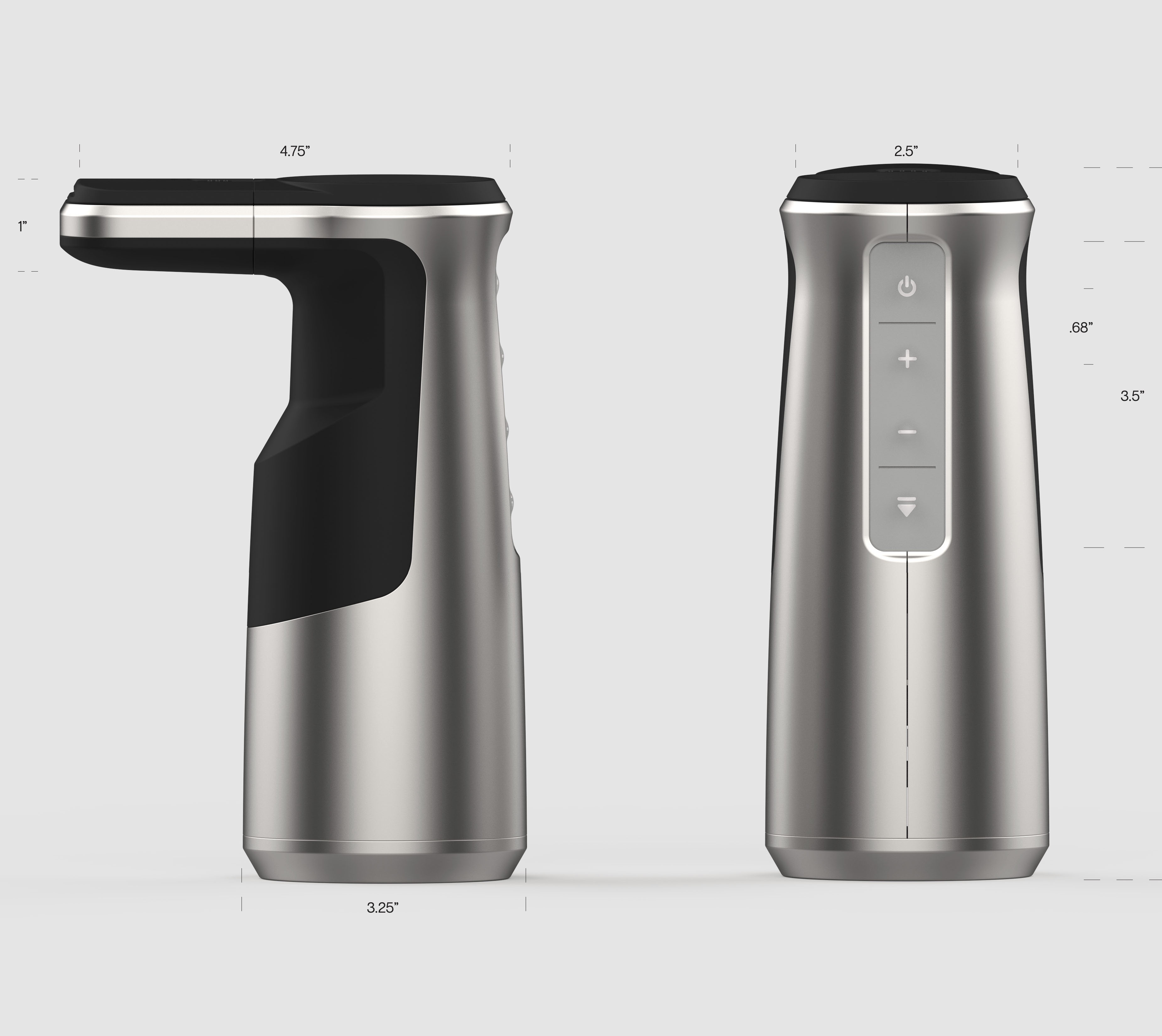
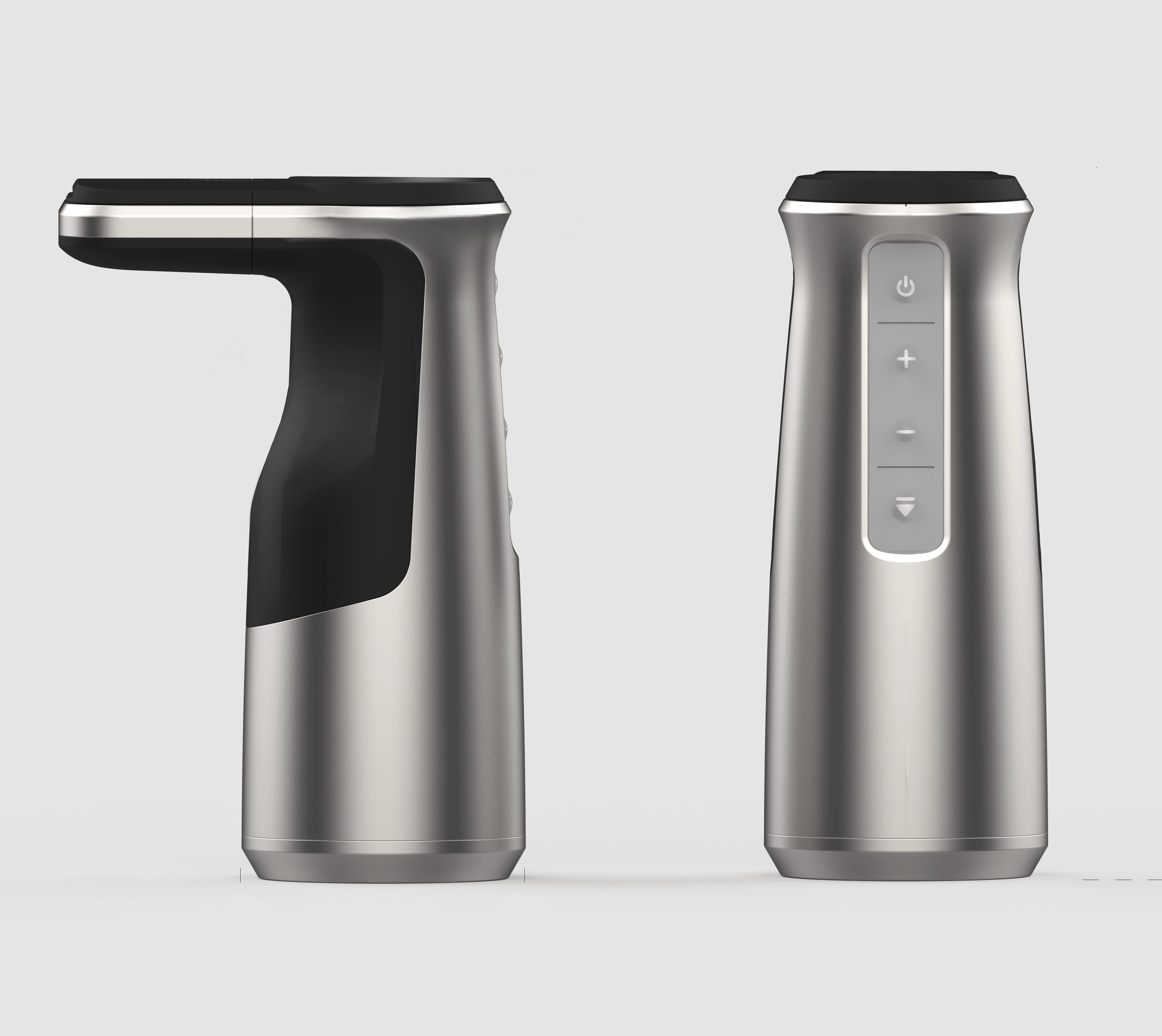
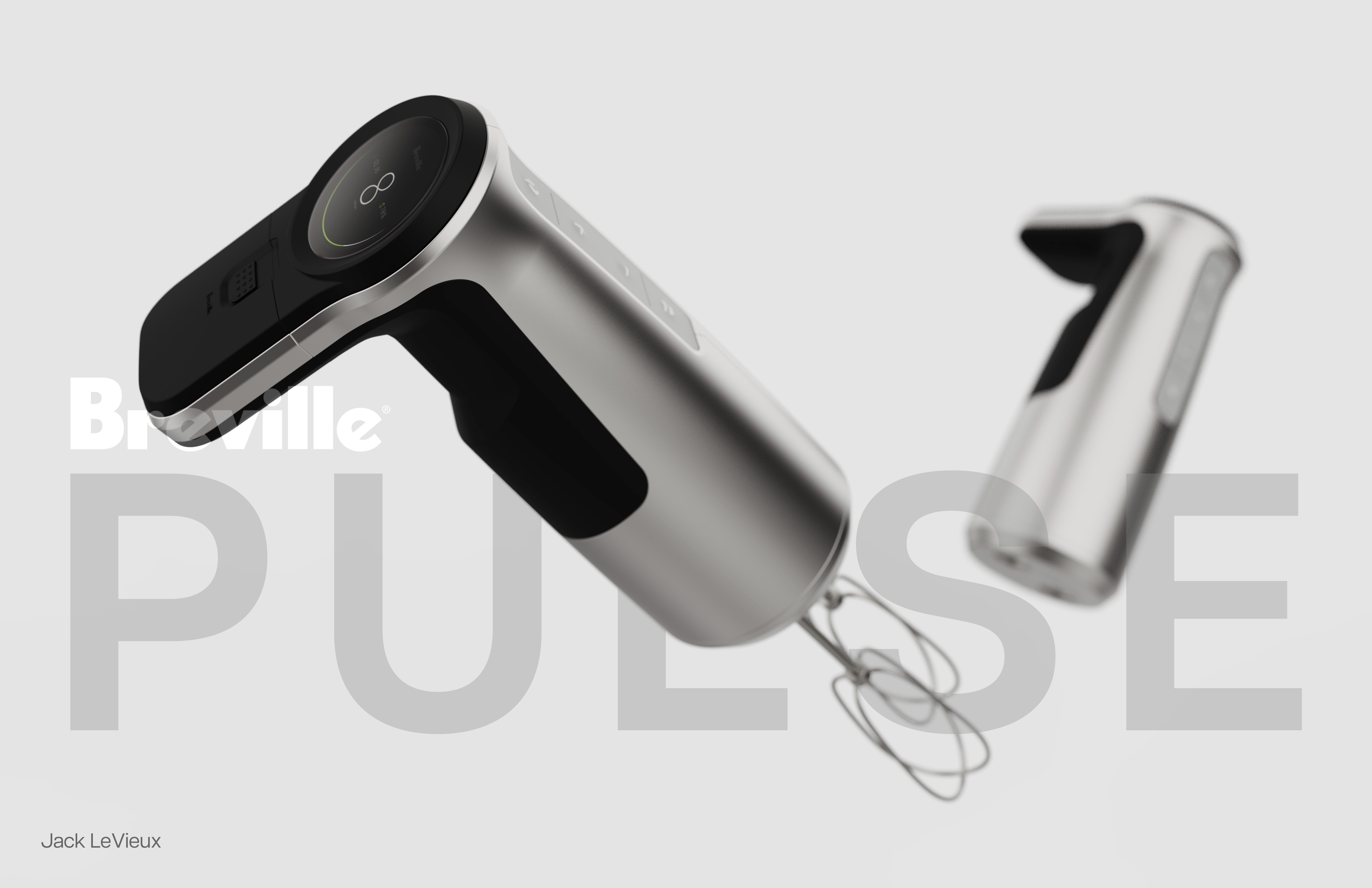

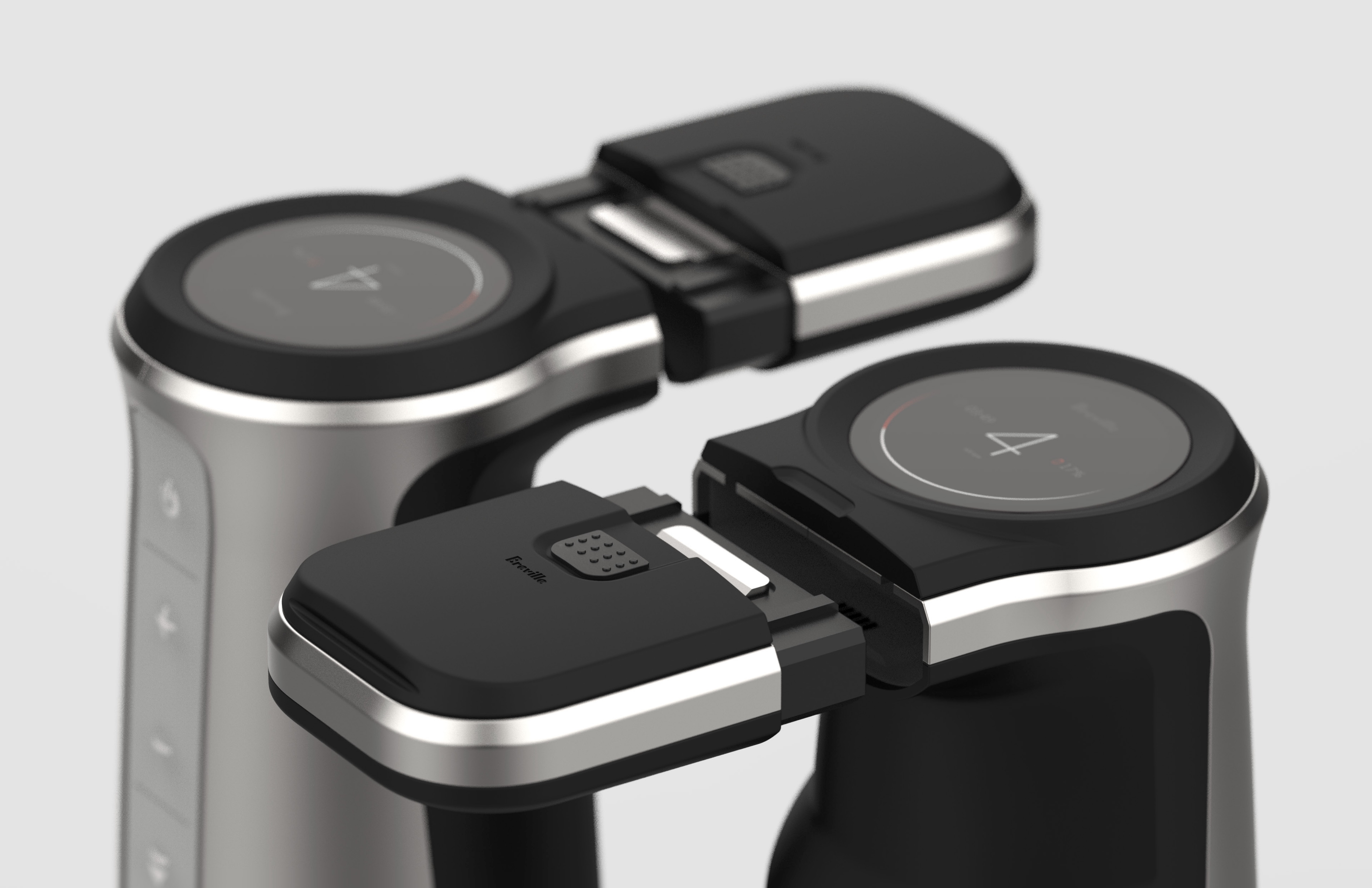

Vanessa Rodriguez, Class of 2028
Mid-fi iterations.
Hi-fi iterations.
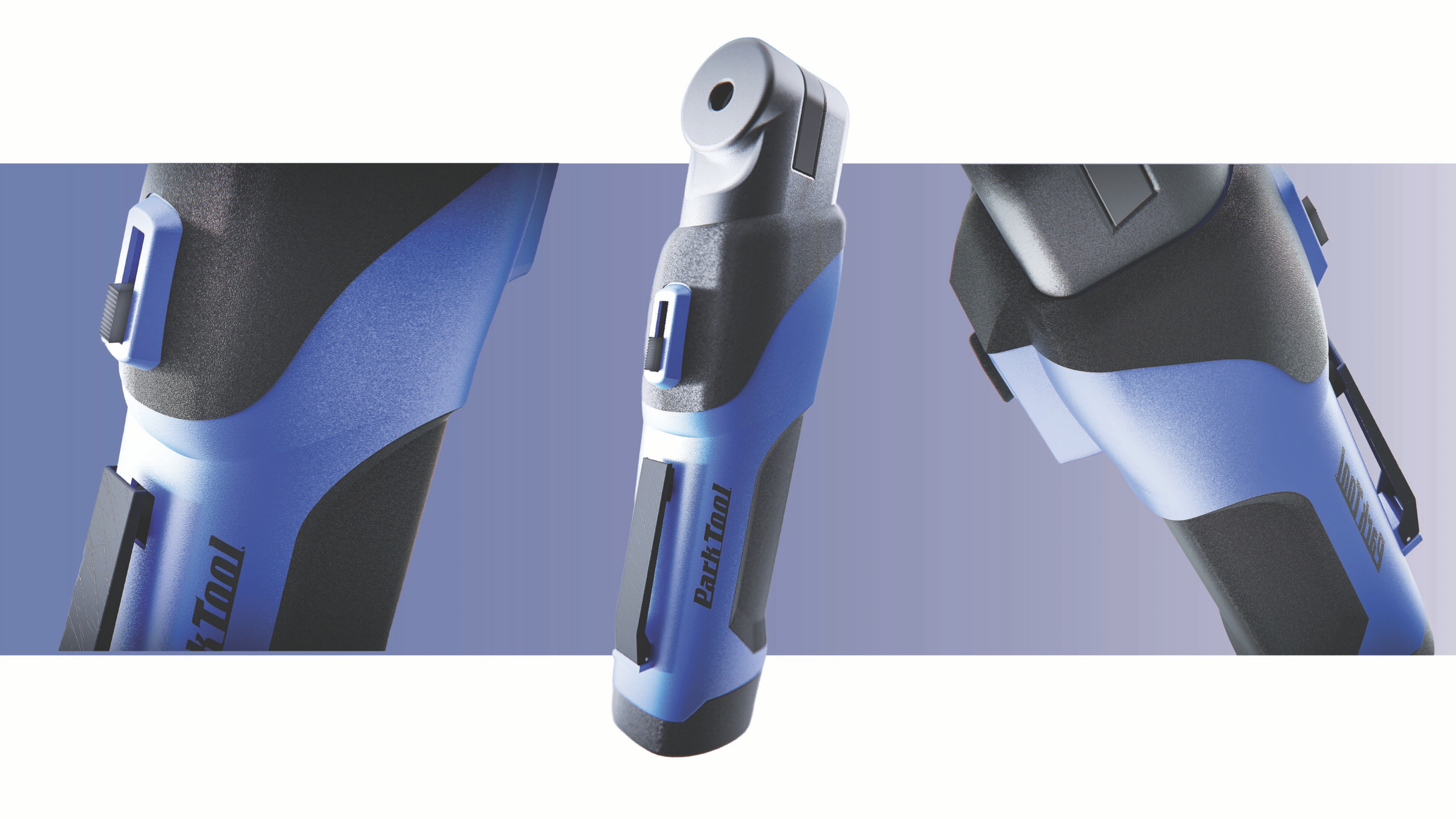

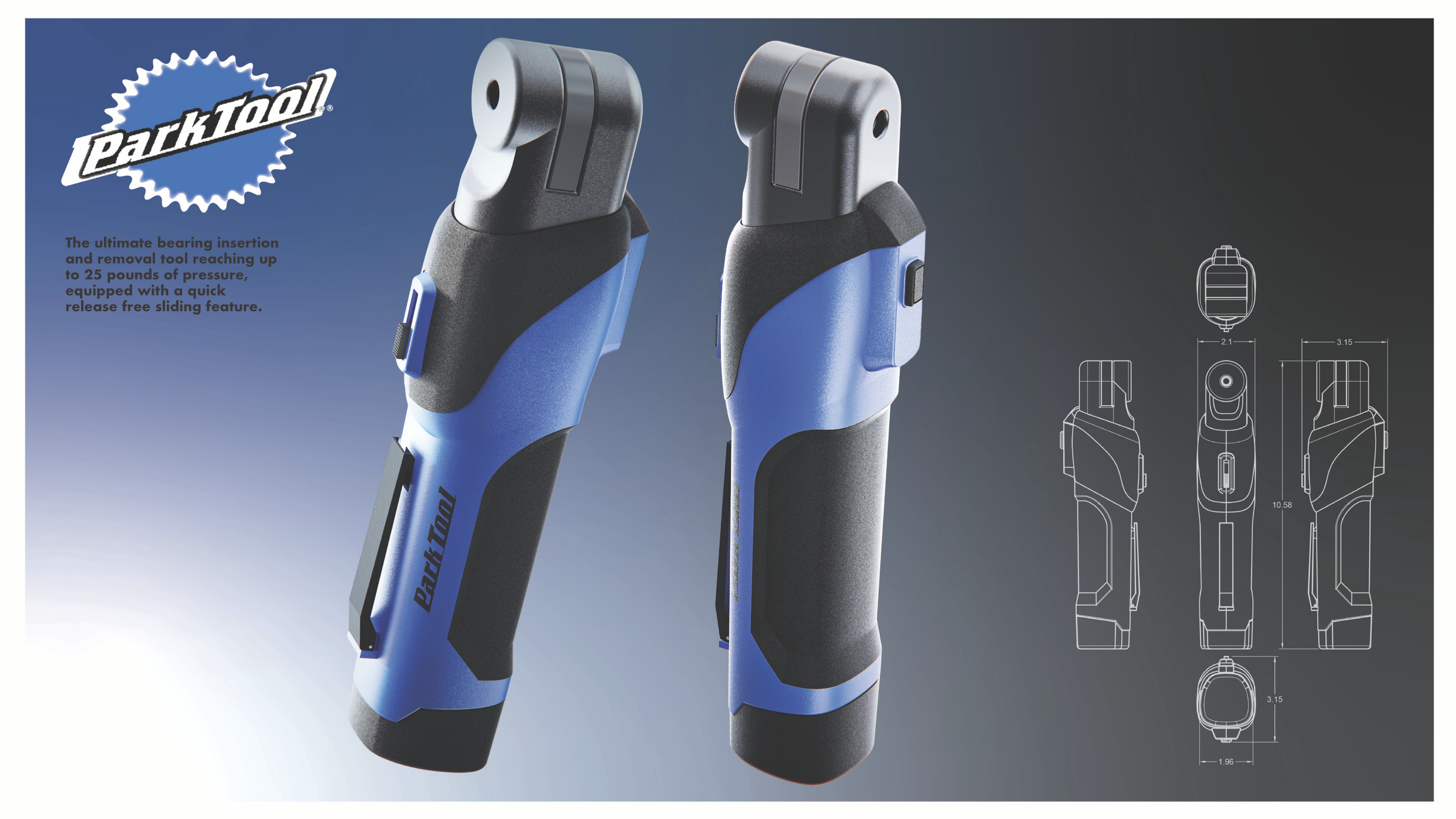

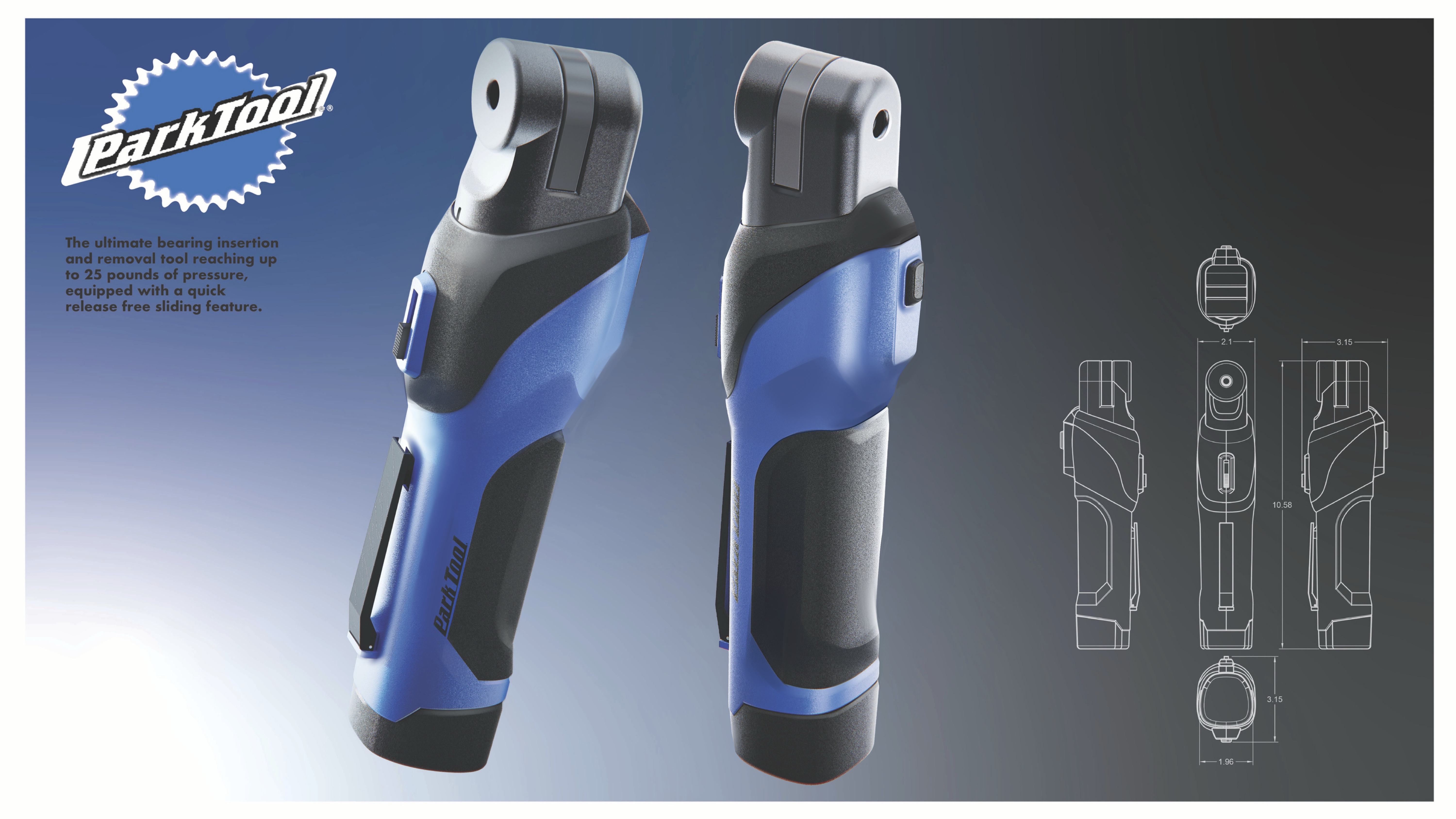

Solving Problems with Grace and Ease
“It’s certainly not as simple as problem solving. Yes, designers solve problems — but so do business people, engineers, and shop technicians.” What distinguishes design is the cultivation of sensitivity, iteration, and meaning-making that transforms solutions into experiences of clarity and resonance.
Contemplate design through light.
Our eyes pick up highlights and edges first while shadowed areas are processed later. That’s why thinking with light helps designers understand how shape is perceived and communicated, which parts carry more visual weight.
This is rooted in perceptual psychology.
Cross-disciplinary awareness means understanding constraints, not doing other people’s jobs here and there. for power tool project, Engineers make it function; Designers shape the perception of how a function is understood and trusted.
Stay in your lane—but go deep.
That depth is where design creates meaning.
I made those refinement as my comments after the final. The objective of hi-fi iteration is making choices regarding shaping perception, assembly, and CMF decisions etc. Moving forward, High-fidelity variations is a must before fully committing to CAD. Please get ready for developing great sensitivity.


